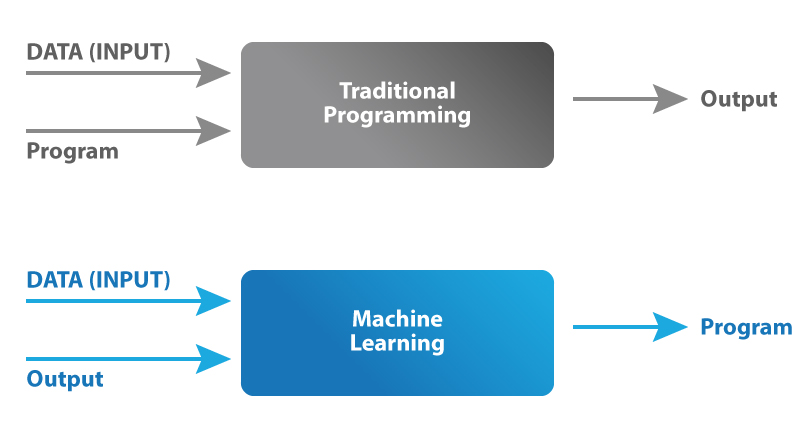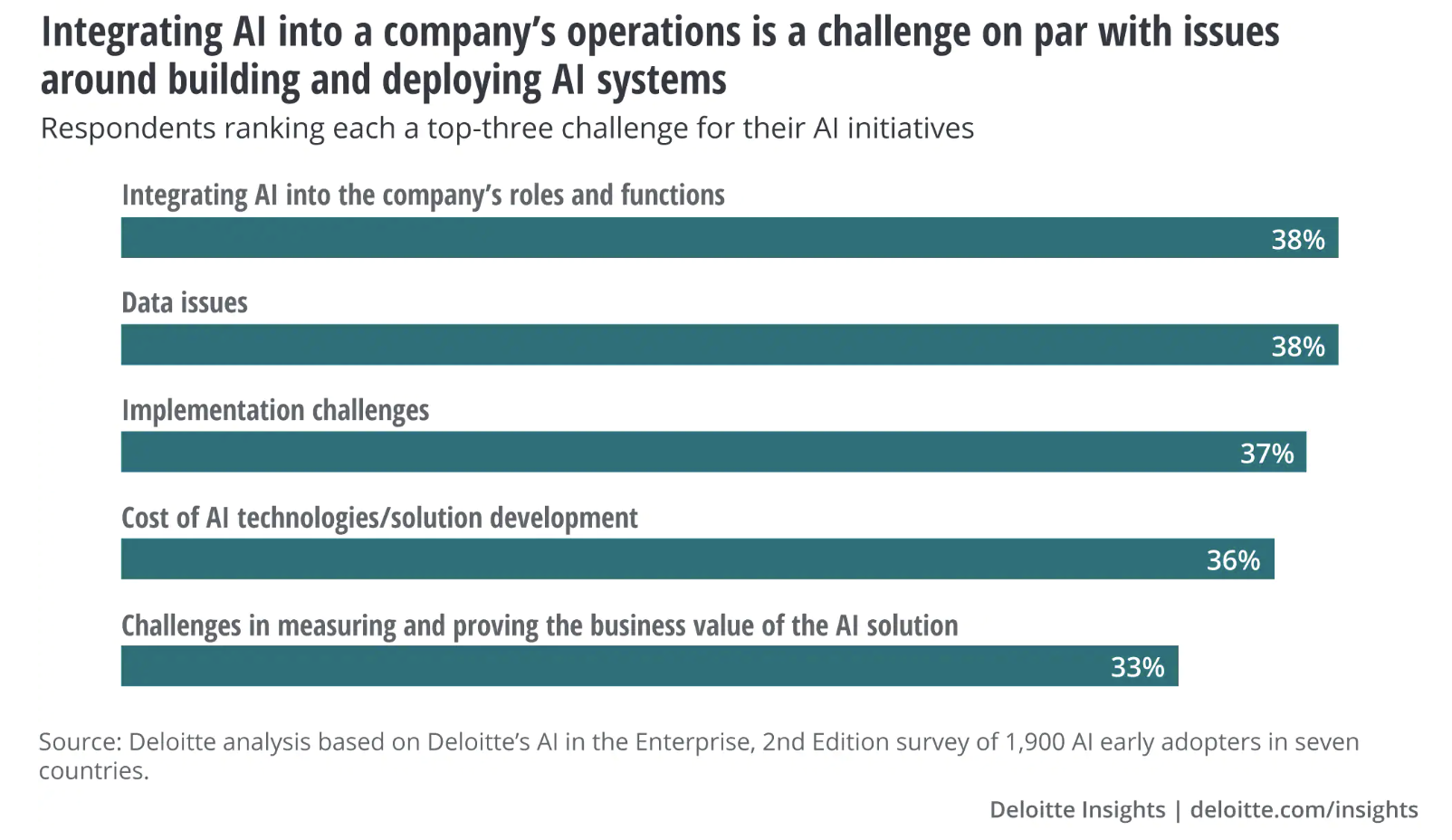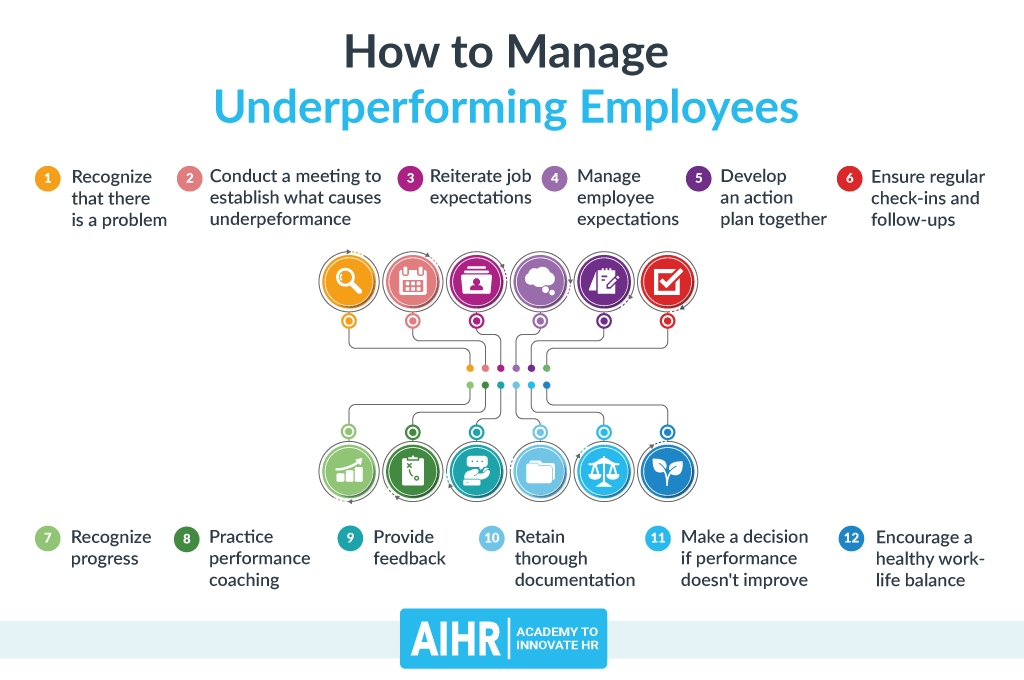Comments
- No comments found

Organizations are constantly striving to improve their productivity, efficiency, and profitability.
One way they can do this is by identifying and removing underperforming employees. However, this is not always an easy task, as it can be difficult to accurately assess an employee's performance. Fortunately, advances in machine learning are making it easier for organizations to identify underperforming employees and take action.

Machine learning algorithms can analyze large amounts of data to identify patterns and correlations that are not apparent to human analysts. In the case of employee performance, machine learning algorithms can analyze a variety of data sources, including employee work history, performance metrics, and even social media activity, to identify employees who may be underperforming. These algorithms can also take into account factors such as an employee's tenure, experience, and job role, to provide a more accurate assessment of performance.
One example of machine learning in action is the use of natural language processing (NLP) algorithms to analyze employee feedback. NLP algorithms can analyze employee comments from sources such as surveys, social media, and chat logs, to identify common themes and sentiment. This can help managers identify areas where employees are struggling and take action to address those issues.
Another example is the use of predictive analytics to identify employees who are at risk of leaving the organization. Predictive analytics algorithms can analyze data such as employee performance metrics, job satisfaction surveys, and even employee social media activity, to identify employees who may be considering leaving. This can allow managers to take action to retain those employees before they decide to leave.
The benefits of using machine learning to identify underperforming employees are numerous. First, machine learning algorithms can provide a more accurate assessment of employee performance, taking into account a variety of data sources. Second, machine learning algorithms can identify performance issues early, allowing managers to take action before they become critical. Third, machine learning algorithms can help managers identify the root causes of performance issues, allowing them to address those issues more effectively.
Identifying underperforming employees can be challenging for several reasons.

First, it can be difficult to measure an employee's performance accurately. Traditional performance metrics, such as sales numbers or customer satisfaction ratings, may not tell the whole story, as they can be influenced by factors beyond the employee's control. Second, underperforming employees may be skilled at hiding their deficiencies, making it difficult for managers to identify them. Finally, managers may be reluctant to address performance issues, either because they are uncomfortable with conflict or because they fear legal repercussions.
There are several ethical considerations to keep in mind when using machine learning to identify underperforming employees. First, it is important to ensure that the algorithms are not biased against certain groups of employees. For example, an algorithm that gives higher weight to metrics such as sales numbers may discriminate against employees in roles that do not involve sales. Second, it is important to ensure that employees are aware of the data that is being collected about them and how it is being used. Finally, it is important to ensure that employees have the opportunity to provide feedback and challenge the results of the algorithm.

Identifying underperforming employees is a critical task for organizations, but it can be challenging. Fortunately, advances in machine learning are making it easier to identify underperforming employees by analyzing a variety of data sources to provide a more accurate assessment of performance. By using machine learning algorithms, managers can identify performance issues early, take action to address those issues, and retain valuable employees. However, it is important to keep in mind the ethical considerations when using machine learning to identify underperforming employees, such as ensuring that the algorithms are not biased and that employees are aware of the data being collected about them.
Machine learning has the potential to revolutionize the way organizations identify underperforming employees, making the process more accurate and efficient. As the technology continues to advance, we can expect to see more organizations adopting machine learning to improve their employee performance management processes.
Leave your comments
Post comment as a guest